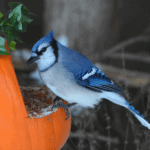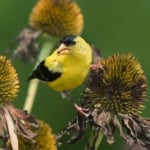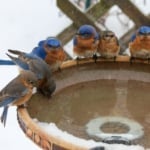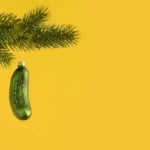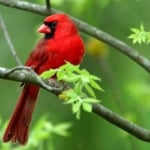Carnation The January Birth Flower
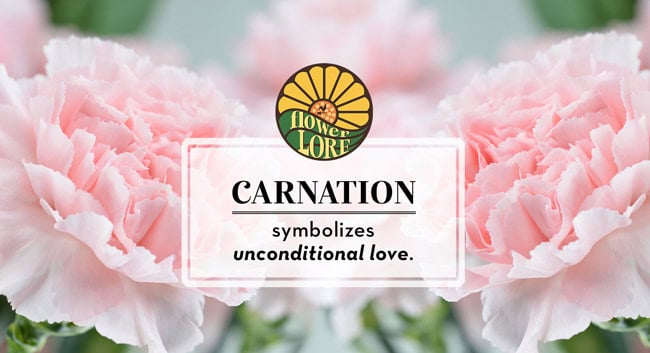
January’s birth month flower, the carnation, brings colorful and long-lasting blooms to an otherwise dull winter month. But what do carnation flowers symbolize, why are they associated with January, and how can you grow them? These fascinating facts and folklore will make you appreciate this understated flower all year long!
About Carnations
A fragrant perennial, the carnation (Dianthus caryophyllus) is believed to be native to the Mediterranean region of Europe. Its history can be difficult to track, however, as these flowers—also known as clove pink (for their spicy fragrance and signature natural color), cottage pinks, or just pinks—have been cultivated for more than 2,000 years and are prominent in a lot of history, symbolism, art, and literature.
The name carnation is believed to be a variation of the Latin word corona, or “crown.” Carnation flowers were often worn in ceremonial crowns in ancient Rome for religious occasions as well as more secular celebrations. The scientific name, dianthus, is Greek for “heavenly flower” or “divine flower” and show this popular bloom’s connection to religious ceremonies and folklore.
Natural carnations come in primarily pink or pink-purple hues, but different cultivation techniques and modern floriculture have bred carnations in a wide range of shades, from bright red to deeper wine shades as well as white, yellow, cream, peach, green, and even variegated or striped flowers.
An interesting note is that there are no naturally occurring blue carnations, but these flowers can take up dye very easily and are often dyed blue, purple, or even rainbow colors for customers’ preferences. Dyeing carnations, in fact, is a fun science experiment used in elementary and junior high schools to demonstrate how plants take up water and to time how long the process takes depending on the size of the flower.
The ruffled, fringed petals of carnations give these blooms a lovely delicacy, and they are widely popular for all sorts of cut uses, from corsages and boutonnieres to bouquets, centerpieces, and garlands. In the yard, garden, or landscape, they can be beautiful in flowerbeds or when used as borders, and carnations can also thrive in containers for a burst of color anywhere.
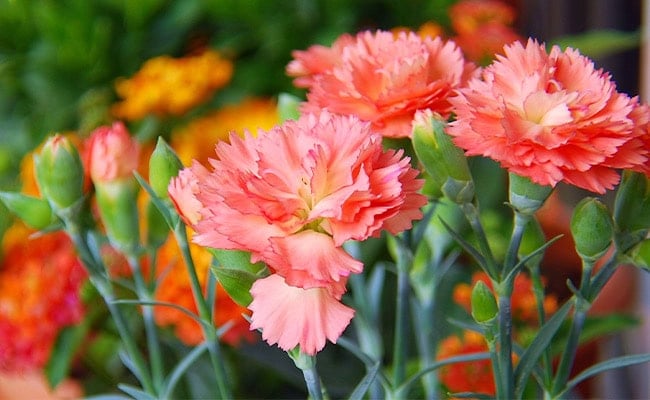
Carnation Symbolism
Carnation meaning can vary widely depending on the flower’s color and the culture where it is used. Flower color meanings are especially complex and often used to convey specific meanings or even secret messages to loved ones if different colors are mixed in a single bouquet or arrangement. For carnations, the general guidelines below apply to the flower’s color meanings.
- Pink – Motherly love, unconditional love, or sweetheart love
- Light Red – Affection or admiration
- Dark Red – Deep, passionate love and desire
- White – Pure love or good luck, sweetness, and innocence
- Purple – Sorrow or apology
- Yellow – Sorrow, disdain, or regret
- Green – Individuality or self-expression
Regardless of the colors, a variegated or striped carnation generally symbolizes disappointment or rejection, as the colors of the bloom have not blended together into one vibrant shade.
Related: 43 Flowers And Their Meanings
Carnation Meaning Around the World
For different cultures, specific carnation colors can have very deep meanings and even historical connections. For example, a red carnation is the official state flower of Ohio in honor of former United States President William McKinley, a native of Niles, Ohio and the twenty-fifth president of the country, who considered the red carnation his personal lucky flower. The state flower was adopted in 1904, three years after McKinley’s assassination.
In Azerbaijan, however, a red carnation is a symbol of mourning in remembrance of the Black January Massacre of January 1990, when Soviet troops cracked down on Azerbaijan’s independence movement. More than 200 protestors in Azerbaijan’s capital, Baku, were killed when Soviet troops fired into the crowds—one year before the country became an independent nation.
White carnations also have a remembrance connection, as these pure blooms are used to honor and remember veterans in the Netherlands, specifically for World War II.
Green carnations are special to Ireland, and not just as fun decorations on St. Patrick’s Day. Celebrated Irish author Oscar Wilde often wore green carnations, which also associated that specific carnation color with the LGBTQ community.
In many countries, carnations—particularly rich red shades—are linked with socialist movements, especially in Portugal, Italy, Russia, Germany, and Greece. The bold shade of this very popular flower represents the fight for workers’ rights and solidarity with laborers.
In the United States, the meaning of carnations is closely associated with Mother’s Day and the flower’s symbolism of motherly love. In 1907, Anna Jarvis – largely recognized as the founder of Mother’s Day—chose the carnation as the holiday’s official flower in honor of her own mother, who favored carnations. Pink and white carnations are especially popular for Mother’s Day.
Related: When Is Mother’s Day This Year?
With their symbolism of love, it’s no surprise that carnations are often used for wedding bouquets, and in China, the carnation is the most popular wedding flower. These beautiful blooms are also considered the traditional flower to celebrate the first wedding anniversary.
Spiritual Symbolism of Carnations
Carnation meaning goes beyond history, holidays, and political movements. These flowers have some deeply meaningful spiritual folklore and legends as well.
In Christian folklore, red carnations are said to have sprung from wherever the tears of the Virgin Mary fell as she wept while her son Jesus bore his cross. Another variation of the same tale has carnations appearing as Mary wept during the crucifixion. Because of the association with the Virgin Mary, red carnations are sometimes called “Mary’s flowers.” The circumstances of the Christian folklore have also given rise to carnations occasionally being associated with heartache or a mother’s mourning.
The etymology of the word “carnation” may also refer to the incarnation of God as man, explaining why these flowers are sometimes called “God’s flowers.”
Ancient Greek mythology also gives a divine connection to carnations, particularly red ones. When Aphrodite, the goddess of love, wept for her beloved Adonis, the god of beauty and desire, as he was dying from wounds inflicted by a wild boar, she created white carnations that were then stained red by Adonis’ blood.
Carnations also have connections to the zodiac as a Capricorn flower, associated with the birth symbol Capricorn, which extends from December 22 through January 19. Because carnations are long-lasting blooms, the flower’s longevity and loyalty connects it to the Capricorn sign, which values those character traits.
Carnations in Art and Literature
Because these flowers are popular worldwide, it is no surprise that they have been showcased in art and literature for centuries. Many Renaissance paintings show betrothed or affectionate couples holding a carnation, and carnations are often prominent in paintings of the Madonna and Child to reflect the flower’s association with the Virgin Mary.
Different poets have used carnations as part of floral language, and the flowers have featured in other literary works including as part of a horticultural debate in the 1623 play “The Winter’s Tale” by William Shakespeare.
Cooking With Carnations
Carnations are edible, with a clove-like or peppery, spicy flavor. While today these flowers are not widely found on menus (besides an occasional sugared carnation as a cookie or cake decoration), carnations may be used in wine or syrups for cocktails—as well as used as a garnish for salads or other dishes.
Carnations flowers may be pickled, candied, or even sautéed, depending on the dish, and they pair well with either sweet or savory dishes in different preparations.
To use carnations in the kitchen, however, it is important to grow your own or purchase flowers from a food-approved source. Carnations from florists have often been treated with pesticides or herbicides that could make them highly toxic if ingested.
Related: Edible Flowers
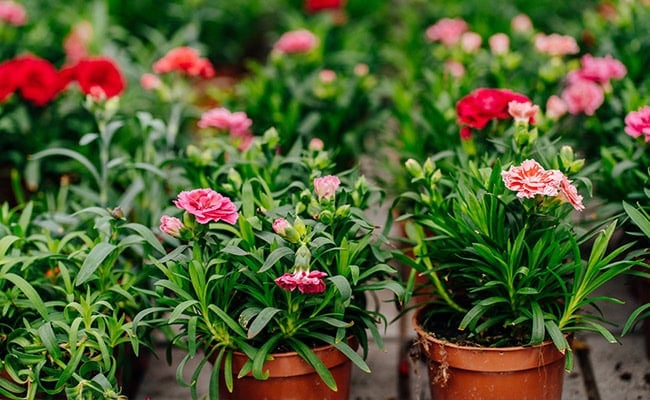
Growing Carnation Plants
Regardless of the symbolism you enjoy with carnations or whether they’re your official birth flower or not, they can be a beautiful addition to your garden or landscape. Smaller carnation plants even do very well in containers or window boxes, adding both color and texture to the space, and as deer-resistant flowers, they are a welcome addition to the yard that can be enjoyed without too much disturbance from eager wildlife.
Carnation plants are easy to grow in USDA Hardiness Zones 3-10, depending on the overall climate conditions, microclimates in your yard or landscape, and type of carnation you choose: annual, perennial, or biennial (short-lived perennials that last for 2-3 years).
Related: Farmers’ Almanac Gardening By The Moon Calendar
If planted in containers, carnations can be moved about to the ideal conditions as the season progresses. They are popular flowers in cottage garden or English garden landscapes, but can be a colorful touch no matter what your overall landscape design. Carnations add an unexpected pop of color to rock gardens, and are ideal for cutting gardens for bouquets and arrangements. Don’t forget to plant a few extra to dry for potpourri or to press for cards and crafts!
Related: 9 Flowers You Can Grow For Beautiful Bouquets
When deciding where to plant carnations, first consider the plant’s mature size to ensure they can reach their full growth potential without becoming crowded, which could impede airflow and foster pests or disease. Depending on the cultivar, carnations may grow from 6-30 inches tall and from 10-15 inches wide. They prefer full sun or partial shade, and will look their brightest with the best colors if they receive six or more hours of full morning sun. Afternoon shade is best to prevent foliage burn and stress.
Plant carnations in well-drained, slightly alkaline soil. Aerating the soil before planting can help ensure proper drainage, as these flowers do not perform well in soggy or dense soils. They can thrive in sandy or chalky soils, making them popular in areas where other flowers with more intense nutritional needs may not grow as well.
A slow-release fertilizer is best to nourish carnations without damaging their roots, or the soil can be amended with compost prior to planting to ensure great nutrition. These flowers should be watered approximately once a week whenever the top 2-3 inches of soil feel dry. If planted in containers, carnations will require more frequent watering than if planted in the ground. Likewise, if the summer is exceptionally hot or dry, more frequent watering may be necessary or the plants may droop or even fail to produce blooms.
Carnations will bloom from late spring into the midsummer months, and will prodigiously rebloom if deadheaded throughout the season, extending how long you can enjoy their fun and cheerful colors. As perennials, they will return year after year if growing conditions are suitable, allowing you to enjoy the beauty of the carnation well beyond just a single month.
Another January Birth Month Flower – The Snowdrop
While much attention is paid to the carnation as the January birth month flower, there is an alternative symbolic flower–the snowdrop.
One of the earliest flowers to bloom, the snowdrop is ideal for January with its pure white petals and shape reminiscent of a drop of melting snow. These bulbs send blooms bursting through the last remnants of snow, showcasing the arrival of spring with their innocent beauty and representing purity, modesty, and renewal in different cultures.
Like carnations, snowdrops also have lore associated with religious origins. In Christian mythology, snowdrops are said to have originated after Eve was cast from the Garden of Eden and sat sobbing in the cold. An angel turned snowflakes to snowdrops to show her that love and hope could return.
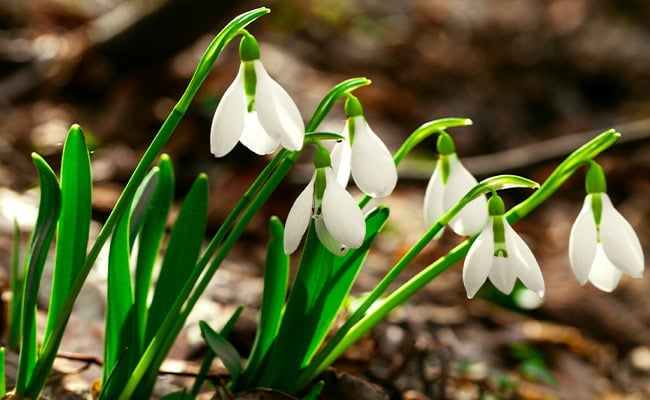
In Victorian culture, snowdrops don’t have a hopeful association, but rather are considered an omen of bad luck or death. Yet today, these flowers have combined the symbolism of renewal with the somber nature of death and are often used to express sympathy.
The snowdrop flower is also mentioned in famous literature, including in Tennyson’s “The Lotus Eaters” and other famous works, often by their ancient Greek name, moly. These flowers are even set to music through Tchaikovsky’s “April: Snowdrop” composition.
Whether carnations or snowdrops, both flowers are beautiful and meaningful choices for January birth month flowers, and both can be given as lovely gifts, planted in a family garden, or just added to the landscape for their own individual beauty and meaning.
Join The Discussion
Which January birth month flower is your favorite, the carnation or the snowdrop?
Do you grow your own?
Share your tips and tricks for the most beautiful carnations and snowdrops in the comments below!
Related
How To Grow A Birth Flower Garden
Related product: January Birthstone – Garnet Necklace

Melissa Mayntz
Melissa Mayntz is a writer who specializes in birds and birding, though her work spans a wide range—from folklore to healthy living. Her first book, Migration: Exploring the Remarkable Journeys of Birds was published in 2020. Mayntz also writes for National Wildlife Magazine and The Spruce. Find her at MelissaMayntz.com.



